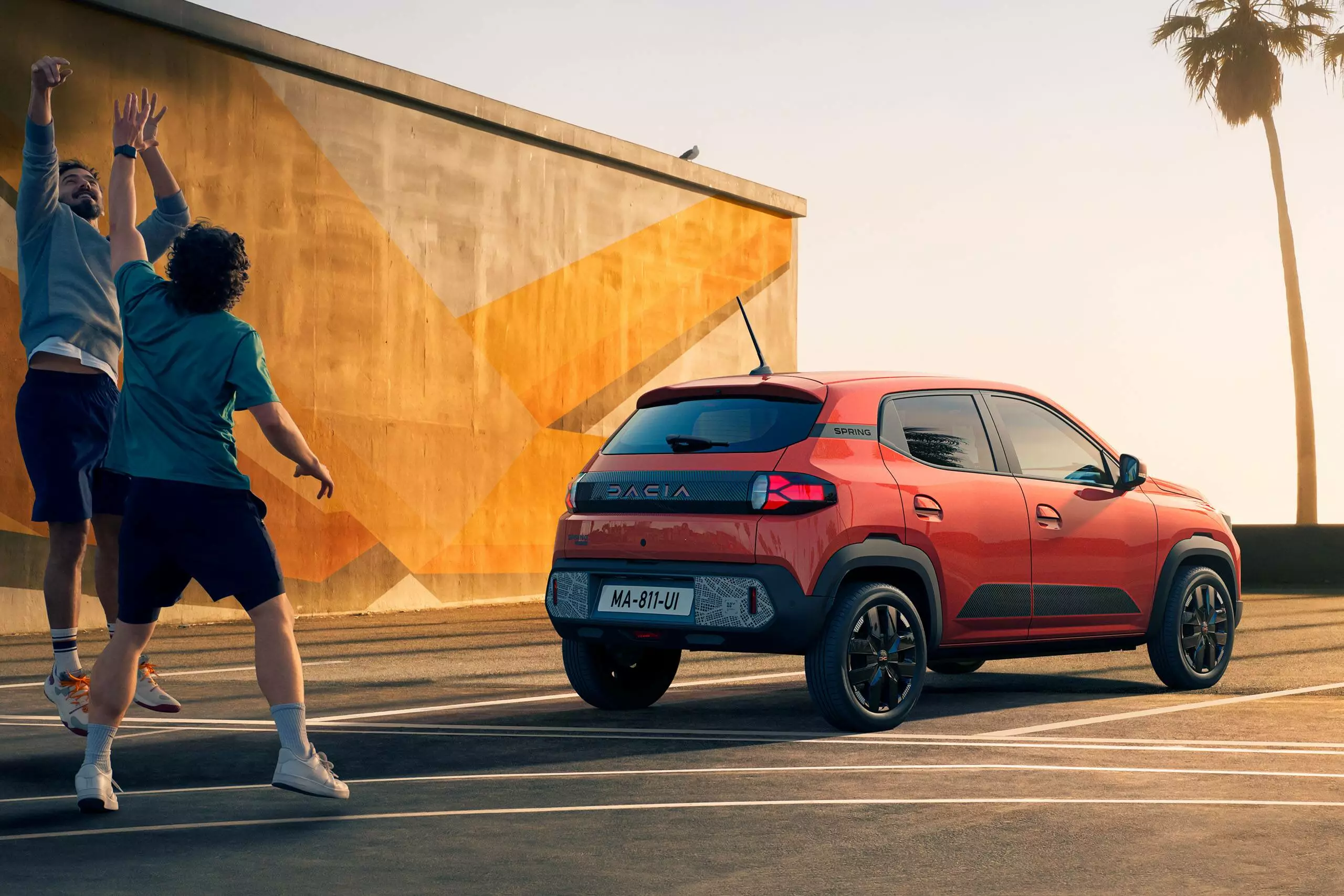When it comes to electric vehicles (EVs) that don’t break the bank, Dacia Spring stands out in Europe with its sub-€20,000 price tag. However, this left us questioning the competitive landscape for budget-friendly BEVs. With traditional automakers sitting this race out, our search turns to China, where the marketplace is bustling with EVs. Could any of these contenders make their way to European roads?
China’s BEVs: A Rivalry Like No Other
In China, the Dacia Spring’s counterpart, known as the Dongfeng Nano Box, encounters fierce competition from models like the BYD Seagull and Leapmotor T03. These vehicles are selling at staggering rates, outpacing the Nano Box by 30× and 5× respectively. Meanwhile, smaller EVs such as the Wuling Mini, despite appealing price points and city-friendly designs, fall short for Europe’s high-speed highway demands—a test the Dacia Spring handles with ease.
Matching the Dacia Spring: A Look at Specs and Pricing
For true competition, we need to match or beat the specs and price of the Spring and its Chinese twin. This means a minimum 26.8 kWh battery capacity, quick DC charging, and a price tag that screams value—for the Nano Box, that’s as low as an eye-popping €6,996. Moving up in size, the succeeding segment presents models like the Geely Geometry E, Neta Aya, Wuling Bingo, and the Dongfeng Nammi 01. Let’s delve deeper into these affordable BEV offerings.
Geely Geometry E: A Subcompact Crossover Contender
The Geometry E’s dimensions place it in a similar class as the Volkswagen Polo and Renault Clio. This subcompact crossover launched in 2022 is gaining traction with around 3,500 monthly sales. Its competitive price starts at €8,930, and it boasts a 60 kW motor, exceeding the Dacia-Dongfeng twins in both size and power. With a range similar to the twins, the Geometry E also offers a more extensive 39.3 kWh battery option. While not currently available in Europe, its existence under various Geely brands hints at potential European market entry.
Neta Aya: A Close Contender with an International Footprint
Alike in form to the Geometry E, the Neta Aya offers an improved 33.9 kWh base battery with similar fast charging capabilities. Its real-world range modestly eclipses that of the Dacia-Dongfeng twins. The Aya’s entry price is set at €8,450, but offers are available for even less. With Neta’s expansion into Southeast Asia, the Aya could hint at a broader sales strategy, possibly reaching European territories.
Dongfeng Nammi 01: The Dacia Spring’s Sibling
A new challenger in the 4,000 mm segment, the Nammi 01 from Dongfeng boasts a hefty 70 kW motor and a sizeable 31.45 kWh battery. Priced at €9,600, it’s a fraction more expensive than its competitors but remains in the fight for affordability. With Dongfeng’s close ties to the Renault Group, Europe may soon see the Nammi 01, possibly under a familiar European marque.
Wuling Bingo: Mass Popularity and GM’s Touch
As a relative of the Wuling Mini, the Bingo has already captured the Chinese market with a staggering 20,000 units being sold each month. Its presence in Southeast Asia and its General Motors and SAIC partnership could pave the way for a step towards European markets, offering a balance of size and affordability.
Diving Deeper: Even More Affordable Options
There are additional vehicles that nearly rival the Dacia-Dongfeng twins in affordability, such as the Bingo Plus and the Baojun Yep Plus. These models offer larger batteries and are expected to maintain a competitive price range.
The Secret Behind the Low Cost of BEVs
The astonishingly low BEV prices we see in other markets are a result of ongoing cost reductions in key BEV technologies. Compared to complex internal combustion engines (ICEs), BEVs are blessed with simpler powertrains, fewer moving parts, and milder temperature cycles, leading to more affordable assembly, reliability, and warranties.
Battery costs, once the biggest hurdle, have consistently dropped, and LFP cells offer stability and longevity at reasonable prices. These technological advances allow for battery packs to fall well below the $100 per kWh benchmark, making ~30 kWh LFP battery packs possible for under €2,000. This, along with the consolidation of motor, gearbox, and control systems into single units, dramatically slashes costs, explaining how these BEVs could be sold profitably for €8,000 to €9,000.
Unanswered Questions: Why the Disparity in BEV Pricing?
Given the availability of affordable BEV technology, we ponder why such prices are virtually unseen in Europe. Reflecting on the automotive industry’s hesitant past with BEVs and the current lack of competition among European makers, a deeper analysis is warranted. European automakers recorded substantial profits in 2022 without offering low-cost BEVs—could this be a coincidental oversight or an indication of an unchanged industry approach?
This installment merely scratches the surface of BEV pricing outside the European market, and there’s more to uncover. I encourage discussions and insights from readers to shape future explorations into this pressing topic.
